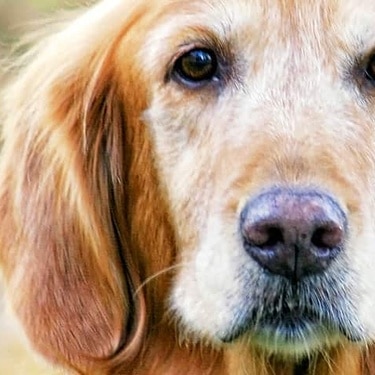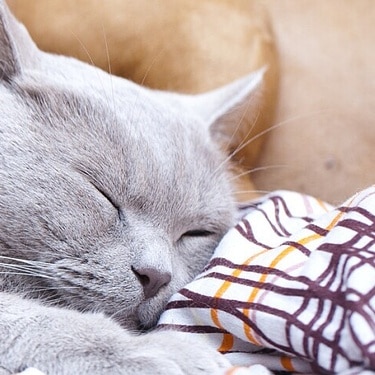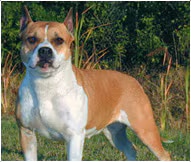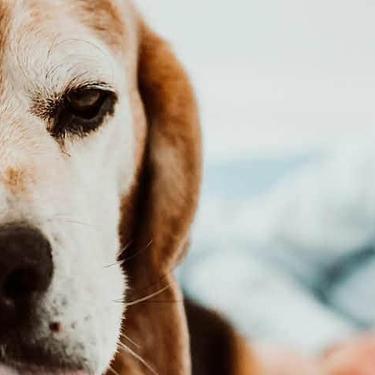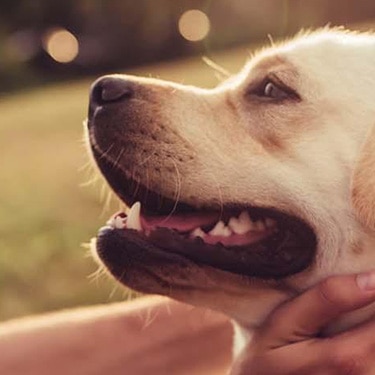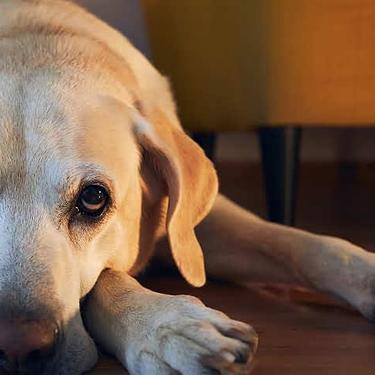Responsible breeders have focused on creating a dog with a sound, reliable temperament around humans. That breeding history is why many AmStaffs (as their friends call them) have incredibly trustworthy temperaments with their families. The average AmStaff is playful, gentle and tolerant. Most well-socialized AmStaffs are good with children, but as with any dog, AmStaffs and children should always be supervised when together. Interaction with other animals, especially other dogs, should be closely monitored.
The AmStaff wasn't meant to be a hop-to-it obedience whiz, and he isn't. If you try to force him, he will always win. If you try to make it a game, he will always play, and you will both win. Despite its tough dog persona the AmStaff is a breed that loves to love.
This breed needs a vigorous daily workout, along with some mind games, in order to be at its best. A good long run or a rollicking game of ball is a great way to bond with an American Staffordshire terrier. Obedience training is also good mental exercise.
Its short coat makes it unsuited as an exclusively outdoor dog, and besides, this breed wants to be a part of all family activities. Coat care could not be easier: simply wash and wear.
In the late 1800s, these dogs were brought to America for use as farm dogs, where a slightly larger version than its English counterpart was preferred. AmStaffs became extremely popular as family pets by the 1930s; one of the most beloved was Pete the Pup (Petey) of Our Gang (The Little Rascals) fame. This American version eventually was registered in 1936 as the Staffordshire terrier (changed in 1972 to the American Staffordshire terrier).







